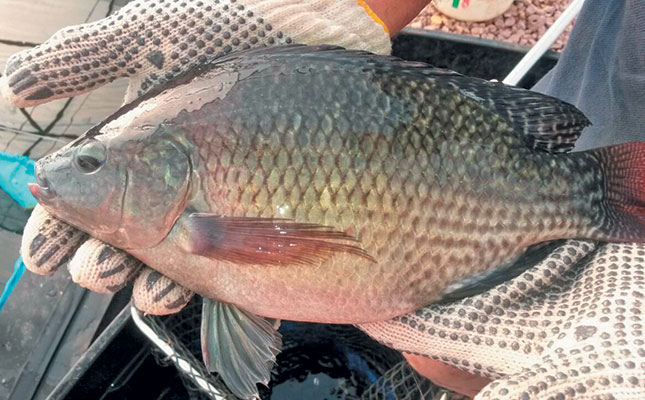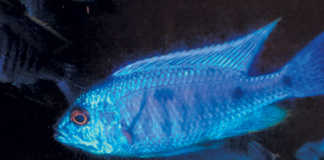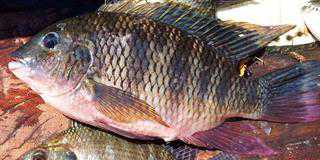
Photo: Nicholas James
Aquaponics, a subset of the aquaculture industry, has grown dramatically in recent years.
Most systems are hobby-scale to minor commercial scale projects, and there are few if any large ventures producing both fish and plants on a scale typical of traditional agriculture.
READ Know your Tilapia strains
However, several producers now send regular shipments of product to retail outlets, including health shops and supermarkets. Much of this is sold under a label that emphasises sustainable growth methods, pesticide-free production, and even organic status.
As I have commented in the past, the main focus of aquaponics is on the production of the plants, not the fish.
Containments and systems for growing the fish are usually subjugated to the needs of convenience, portability and the plant requirements, rather than those of viable fish production per se. Having said this, what species of fish are available to aquaponics users?
First choice is tilapia, mainly due to their ready availability and robust nature. But there are several species of tilapia available, and they may serve different needs. The two preeminent examples are the Mozambique and Nile tilapia, each of which comes in both wild and red colour forms.
While Nile tilapia are still subject to lengthy, involved permitting procedures that could tax the patience of potential users, these are undoubtedly the best growers.
READ Small aquaculture systems: the simpler, the better!
The fastest-growing genetically improved strains will easily reach between 400g and 500g in a nine-month season if provided with warmth and high-quality water and feed.
Mozambique tilapia grow at just over half this rate but it is easier to obtain a permit for them, although hatcheries providing good stock are few and far between. There are many inbred, mongrel red, and wild strains that simply will not perform.
With both species, all-male fish are essential. This is because they utilise feed entirely for growth, and stunting and mass-production of unwanted fry are not problems. Such mono-sex fingerlings are available from a few of the more professional hatcheries.
Regrettably, some claims that the stock is all male have to be taken with a pinch of salt.
The redbreast tilapia, T. rendalli, is a popular aquaponics species due to its herbivorous nature. It can be fed with many types of vegetable waste: carrot tops, lettuce and cabbage leaves, some herbs, and other green plants.
Its disadvantage is that growth on these feeds is very slow, which can outweigh the convenience factor. Redbreast tilapia also need water above 25°C to thrive, and will perish if kept below 15°C for long periods.
The Achilles heel of aquaponics is that the water cools on passing through the gravel beds and tanks of the plant-culture systems.
Even housing the fish section under a greenhouse does not counterbalance this cooling effect, which in cooler areas can be near-lethal in winter.
One species used occasionally is the banded kurper, T. sparrmanii, which is cold-tolerant down to around 6°C. This dwarf tilapia species does not grow larger than about 13cm under culture conditions, so although perfectly edible, is not really a table species.











